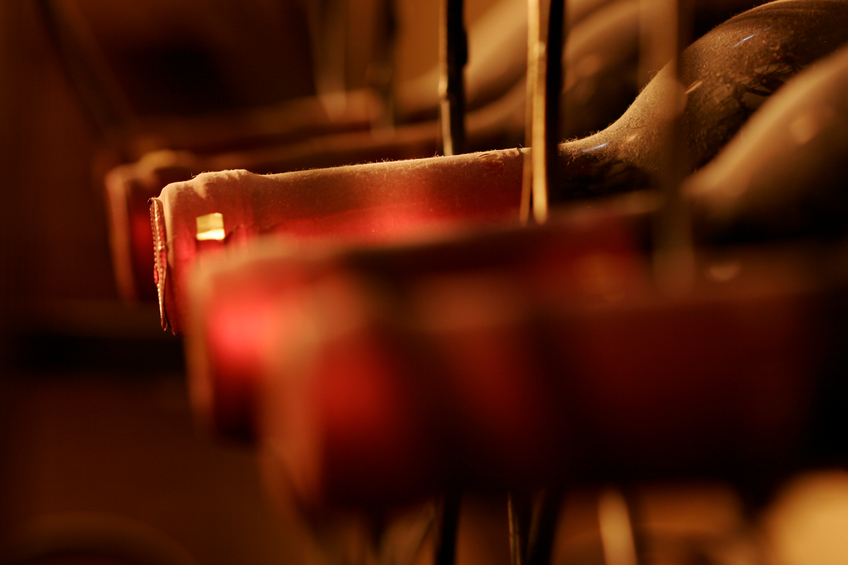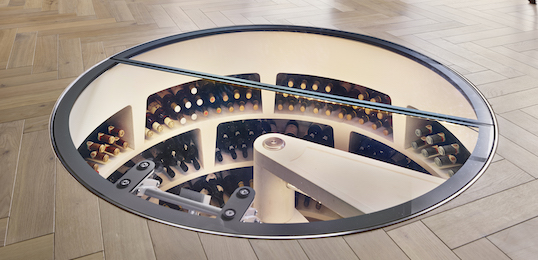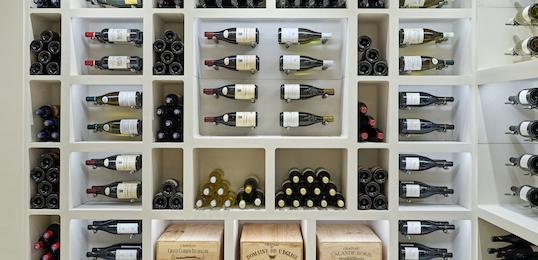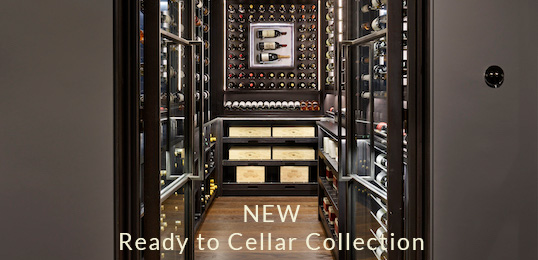In 1945, under suspicion of being Nazi sympathisers, the Beaufort-Spontin family fled their home in Becov nad Teplou, a town in the modern Czech Republic; but they didn’t take all their riches with them. Like the French vintners who hid their wine to hide it from invading soldiers, they concealed treasures beneath their floorboards before leaving, hoping to return and retrieve them one day. Now, over seventy years on, the wine hidden in that cache is making headlines, with some hoping it may be put up for auction very soon.
The collection of 133 bottles, largely dated between 1856 and 1899, was actually discovered in 1985. An American businessman, quietly commissioned by the family, asked the then-Communist government of Czechoslovakia for permission to search for an unspecified lost item. The government decided to search for this item themselves, and soon turned their focus towards Becov Castle. Equipped with metal detectors, they uncovered the cache beneath the floorboards of the chapel.
The wine, however, was largely overlooked at the time, because the dusty bottles were considered to be somewhat less impressive than what was hidden with them. The reliquary of St Maurus is a precious casket with gilded silver plate, adorned with gems and said to contain remains associated with no less than three saints – Maurus, Timothy and John the Baptist. This reliquary is now considered to be one of the country’s most important artefacts, alongside their crown jewels. The discoverers were presumably so overawed at this find that they simply set the bottles aside to be forgotten.

Forgotten, that is, until the chateau recently took an inventory of its furnishings and realised what they had. The collection includes vintages up to 150 years old, as well as the last three bottles in existence of the 1899 Chateau d’Yquem, and a number of intriguingly unlabelled bottles.
Using the Coravin system, expert sommeliers were able to sample a number of these bottles without actually opening them. This method uses a fine needle to pierce the cork, replacing the wine removed with an inert argon gas to preserve the integrity of the remaining wine. Despite their advanced years, many seem to have aged exceptionally well.
One of the unlabelled bottles was singled out for particular praise, with its contents described as having notes of flowers, sugar and caramel; a Pedro Ximinez 1899 was said to have the colour of amber and an aroma of caramel, raisins and nuts.
This preservation may be thanks to the Beaufort-Spontin’s choice of hiding place; by burying the wine beneath the floorboards, the surrounding earth would have helped to maintain a suitable temperature, as well as protecting the wine from shocks, using much the same principles as our spiral wine cellars. Since being unearthed in 1985, they have lain undisturbed on simple wooden shelves in the cellar of Becov Castle, which would offer similarly ideal conditions for ageing.
The collection is estimated to have a value of more than €1.1m (£840,000), but it still seems uncertain as to what will happen to it. Whilst some reports indicate it is to be sent to auction, there has as yet been no word of which auction house might have the honour. The steward of Becov Castle, meanwhile, has argued that the value of the collection lies in keeping it complete, and allowing access to experts in exceptional cases.
If they do arrive at auction, it seems certain that the bidding will be intense. After all, one of the tasters said that, “if there was any way I could buy a bottle, I would pay everything I have.”



